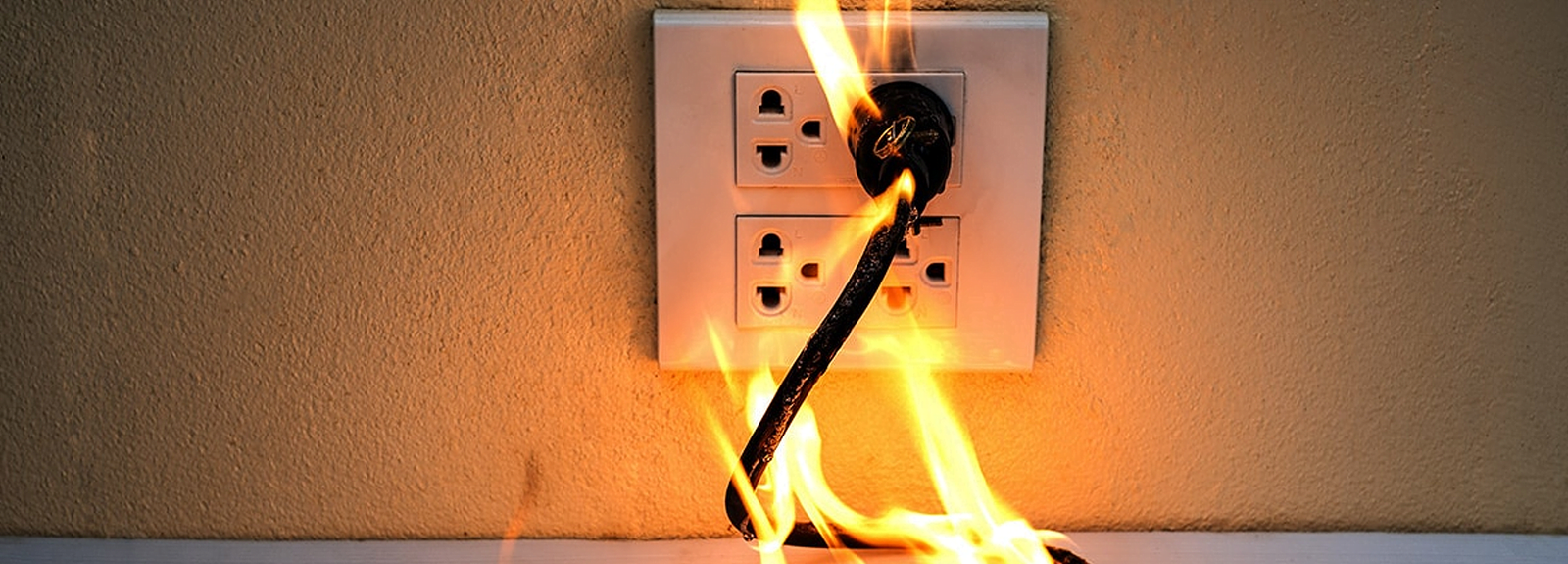Introduction:
Welcome to our beginner’s guide to DIY electrical projects! As a residential electrical customer, we understand your desire to handle basic electrical tasks at home. While some projects are well-suited for DIY, safety should always be your top priority. In this article, we’ll provide you with essential tips and precautions to ensure your DIY electrical endeavors are successful and free from hazards. Remember, if you ever feel unsure or encounter complex issues, don’t hesitate to reach out to a licensed electrician for assistance.
Don’t Guess – Know Your Limits:
When it comes to electrical work, never guess or attempt tasks beyond your skill level. Simple projects like changing light switches or installing new lights are great for DIY. However, more complex tasks, such as installing a cooktop or handling cabinet wiring, require professional expertise. Always be aware of your capabilities and seek professional help when necessary.
Invest in the Right Tools:
Having the proper tools will make your DIY electrical projects smoother and safer. Start with a basic toolkit containing essentials like a voltage tester, wire stripper, screwdriver set, wire nuts, electrical tape, and wire connectors. Using the correct tools ensures precision and minimizes the risk of accidents.
Prioritize Safety:
Safety is paramount in any electrical project. Before starting any work:
- Turn off the power: Locate the circuit breaker or fuse box and switch off the corresponding breaker or remove the fuse for the circuit you’ll be working on. Confirm that there’s no electrical current using a voltage tester.
- Use personal protective equipment (PPE): Wear safety goggles and gloves to protect against potential hazards.
- Work in a well-lit area: Adequate lighting ensures you can see and work safely.
Changing Light Switches:
Updating a light switch is a common DIY project. Follow these steps:
- Turn off the power to the circuit.
- Remove the switch cover and gently pull the switch out of the wall box.
- Take note of the wiring configuration or take a photo for reference.
- Disconnect the wires from the old switch and attach them to the corresponding terminals on the new switch.
- Carefully place the switch back into the wall box, ensuring no wires are pinched, and screw the switch cover back on.
Installing Light Fixtures
Installing a new light fixture can brighten up your home. Here’s a basic guide:
- Turn off the power to the circuit.
- Remove the existing light fixture and disconnect the wires.
- Follow the manufacturer’s instructions to assemble and install the new light fixture.
- Connect the wires of the new fixture to the wires in the electrical box using wire nuts, making sure to match the correct color coding.
- Attach the fixture securely to the ceiling or wall, and install the lightbulbs as directed.
When to Seek Professional Help
While DIY can be rewarding, certain situations require professional expertise:
- Upgrading your electrical panel or service.
- Adding new circuits or outlets.
- Handling wiring behind walls or in difficult-to-reach areas.
- Installing major appliances like cooktops or electric ranges.
Conclusion:
Congratulations on completing our beginner’s guide to DIY electrical projects! By following safety precautions, using the right tools, and knowing your limits, you’ve taken steps towards successfully tackling basic electrical tasks in your home.
Remember, if a project feels beyond your abilities or involves complex electrical work, don’t hesitate to contact NSW Electrical and we are here to help!. Stay safe and enjoy the satisfaction of a well-maintained and properly functioning electrical system in your home!

